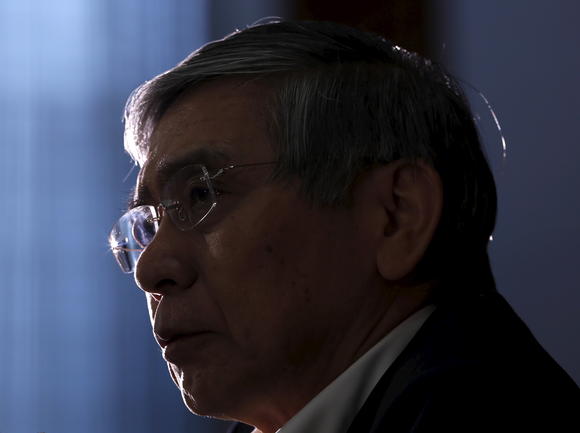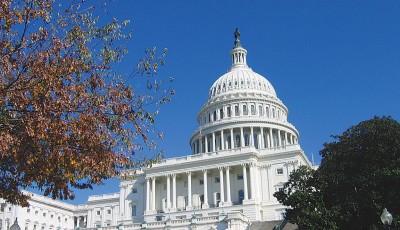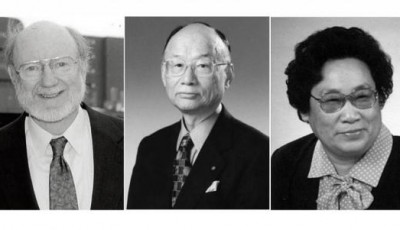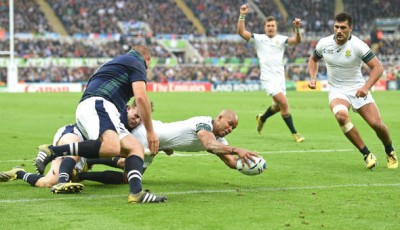Abe launches 2nd stage of Abenomics amid slumping support — News Analysis
Prime Minister Shinzo Abe announced Thursday an update of his economic policies, setting a target for a 600 trillion yen ($5 trillion) economy, but providing few details.
Since Abe took office in late 2012, nominal GDP has expanded 5.8 percent as the central bank pursued quantitative easing, and a stock market rally encouraged some individual investors to increase consumer spending. So far, those “three arrows” of his “Abenomics” plan have fallen short of their targets, though share prices and corporate profits have soared.
Japan’s core consumer price index for August fell 0.1 percent from a year earlier, the first fall since the Bank of Japan launched a massive monetary easing campaign in April 2013, a government report showed Friday.
In a news conference yesterday, Mr Abe did not dwell on those harsh realities. “Tomorrow will definitely be better than today!” he said.
During the months of often-heated Diet debate over the security bills, the support ratings for the Abe Cabinet steadily declined.
Abe said his new measures would help “create a “society of all-active 100 million Japanese” in which everyone can become more active in the household, work place and community”.
He has promised to refocus on the economy after triumphing over opponents to security legislation enabling Japan’s military to participate in combat even when the country is not under direct attack. Clearly, Abe’s belief that Japan’s national interests require an expanded role for force, and specifically the option to take part in overseas collective self-defense underlies the crafting of this new national security legislation. Mr. Abe said he will increase the nation’s annual economic output by some 20% to Y600 trillion, unadjusted for price changes, without explaining how.
Abe also said, in connection with providing assistance for child-bearing, that the administration will strive to recover the birthrate hoped for by the people to 1.8 from the current 1.4.
The slowdown of the Japanese economy has rekindled speculation that the central bank might have to unleash yet more stimulus to prop up a faltering recovery.
At Japan’s recent pace of growth, achieving Abe’s goal-for which he set no timetable-would be a stretch. Real GDP growth averaged 1.7 per cent over the past five fiscal years.
The prime minister also repeated his government will go ahead with raising tax to 10 percent in April 2017.












